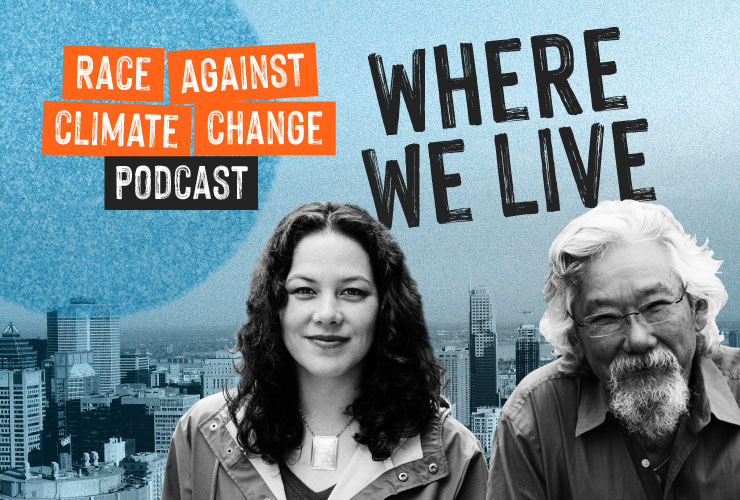Top 5 climate policies to watch in lead-up to COP26

When Canada’s new Environment and Climate Change Minister Steven Guilbeault heads to Glasgow for the UN climate summit COP26 (Oct. 31 to Nov. 12), the Trudeau government will be looking for international validation of Canada’s climate credibility.
The climate crisis proved to be a top issue for voters in the recent election, and the latest UN science assessment clearly demonstrated that “strong, rapid, and sustained” reductions in carbon emissions are needed this decade to avert the worst impacts of extreme climate change.
The prime minister pledged climate leadership if his party was re-elected (which it was). The environment section of the Liberal platform was the longest in the 91-page document, including significant climate proposals. But it failed to include clear timelines for implementing most measures.
It can often take months — even years — to design, consult on, finalize, and implement regulations. But the climate emergency requires an urgent response. If we’re going to slash emissions roughly in half by 2030, we need to put policy levers and financing in place now.
Besides, with another minority Parliament — which typically lasts just 18 to 24 months — this government has no time to waste in making good on its promised climate action.
Before heading to this year’s climate conference, Guilbeault should announce to Canadians clear and ambitious timelines to develop and implement the government’s climate platform in the coming months. Potential heavy hitters include:
- Capping and cutting emissions from the oil and gas sector, which remains Canada’s largest and still-growing source of GHG emissions.
- Significantly stronger requirements to cut methane emissions from oil and gas operations. (Methane is a potent greenhouse gas, and reducing these emissions delivers immediate climate benefits. Cost-effective mitigation solutions are available to prevent routine emissions and leaks from oil and gas infrastructure, but existing provincial regulations are notoriously lax.)
- Accelerating the phase-out of fossil fuel subsidies and developing a plan to end other public financing of fossil fuels, such as Export Development Canada’s support for fossil fuels and infrastructure, that extends their use.
- A clean electricity standard to clean up Canada’s grid toward net-zero emissions by 2035. (South of the border, President Joe Biden pledged the same, though he may have to use incentives to get his plan through Congress.)
- Regulatory measures, incentives, and investments to accelerate the transition to electric vehicles. In June, the government announced a “mandatory target” that all new light-duty cars and passenger truck sales be zero-emissions by 2035. At last count, ZEVs accounted for merely 3.8 per cent of light-duty vehicle sales in Canada and transportation contributed nearly a quarter of national carbon emissions.
Throughout the pandemic, we’ve seen that governments — even reluctant ones — can turn emergency measures around quickly. The Canada-U.S. border was closed with two days’ notice in March 2020 to contain the spread of the virus. The CERB income support program was up and running within a month of being announced.
Vaccination requirements for federal public servants announced in August will be fully implemented by next month, despite the six-week election hiatus. The key ingredients to making all these happen were strong science and decisive political leadership.
When it comes to climate, the science is clear. But climate action in Canada has not been sufficient to flatten this country’s carbon emissions curve, much less bend it at the steep decline the Paris Agreement requires. If well-designed and implemented, the government’s platform proposals and other policies under development (like the clean fuel standard and industrial carbon pricing) could start to change that — but only once they’re implemented, and time is running out.
At last month’s Youth4Climate Summit, Swedish activist Greta Thunberg blasted world leaders for “30 years of blah blah blah” with very little to show for it, while the climate emergency accelerates and threatens present and future generations. To take its platform commitments from talk to action, the Canadian government should use this short time before COP to kick-start work on its domestic climate platform commitments and publish clear timelines for implementing these measures — timelines that reflect the reality of the climate emergency.
Come on, Canada — let’s give Greta something to “rah rah rah” about.







Comments
To those five I'd add large investments in transit, working with municipalities to shift towards building less car-dependent communities, and investment in retrofitting buildings away from using carbon emitting sources, mostly natural gas, for heating, hot water and so forth.